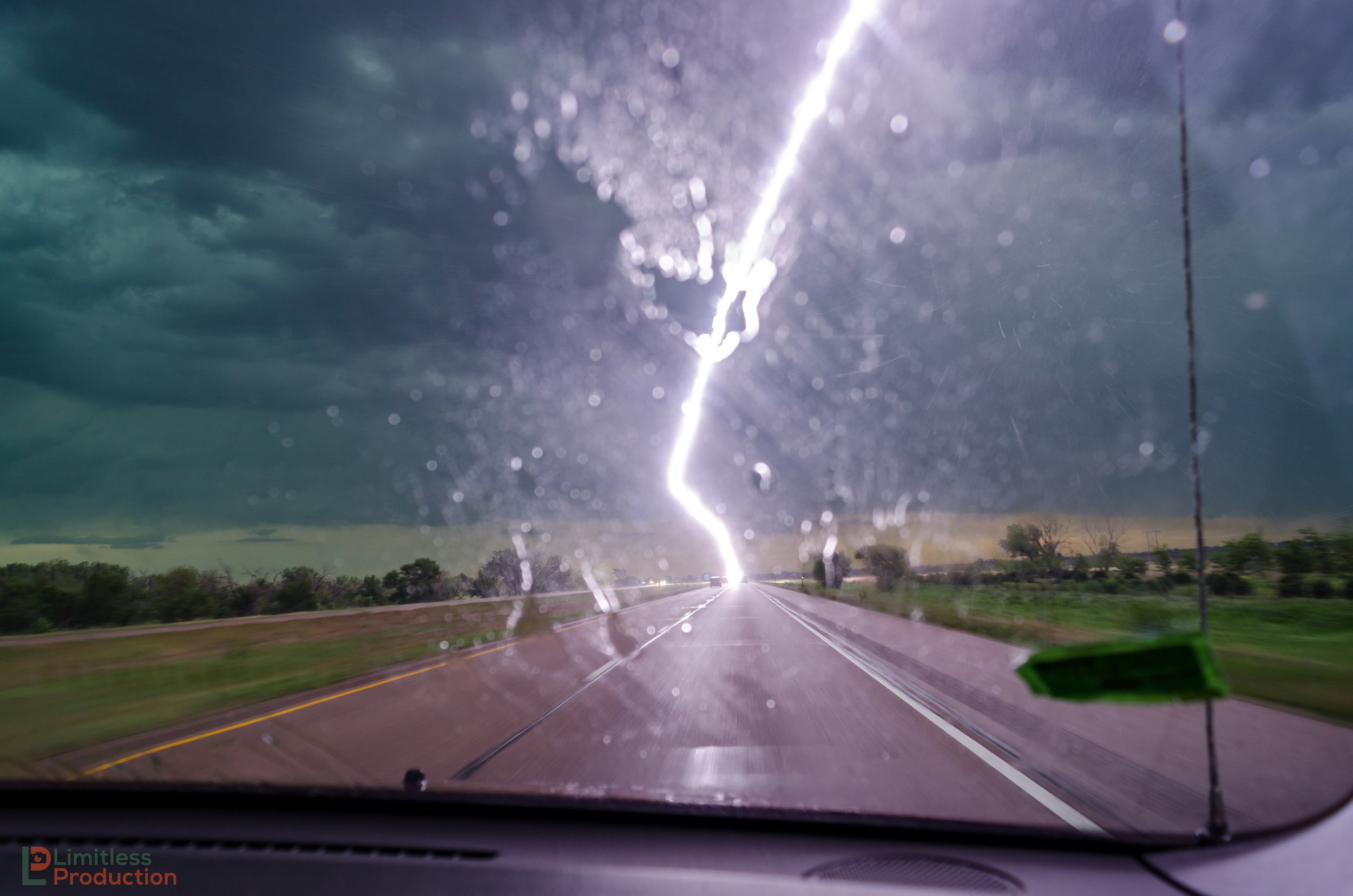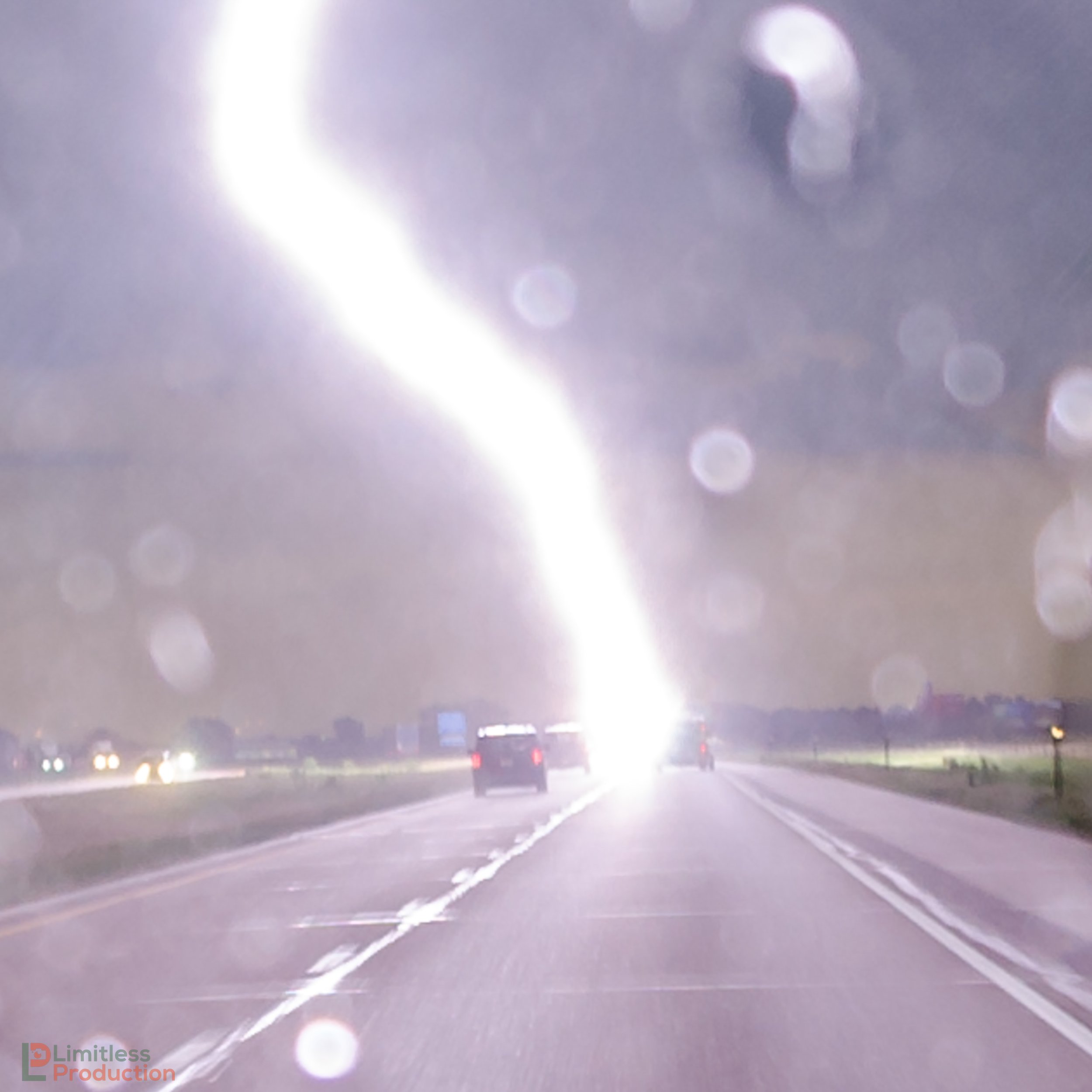Severe Weather Awareness - Lightning Safety
If you missed our first Severe Weather Awareness blog post on tornado safety, you can go here to check it out! The second weather phenomenon we want to talk about is lightning safety. Lightning kills around 20 or more people every year and injures hundreds more. The peak months for lightning activity occur during the months of June, July, and August which happens to also be the peak period for outdoor-related activities to occur. During this period, the United States will see 70% of their fatalities from lightning occur over this three-month period. That being said, most if not all deaths and injuries from lightning are almost completely avoidable, and we want to try to help educate people about lightning safety to prevent a tragic event such as this from happening to you and your family.
Lightning Injury and Fatality Statistics
Above you will find a graphic from the National Weather Service of all the 2021 fatalities across the United States from lightning. 50% of those fatalities in 2021 were related to water-related activities.
In a research paper done by John S Jensenius, JR in 2020 analyzing lightning strikes and fatalities from 2006 to 2019, Jensenius found that of the 419 people struck or killed over that 14-year span, “two-thirds of those occurred to people who had been enjoying outdoor leisurely activities.” This study actually proved that golfers don’t make up the greatest number of fatalities due to lightning. There were actually four times more fatalities from fisherman than there were golfers, and beach activities and camping each accounted for two times more fatalities than golfers. Over the timeframe of this study, there were 40 fatalities from fishing, 25 from people on the beach, 20 from people camping, and 18 from people boating. In regards to outdoor sports activities, there were 12 fatalities while people played soccer and 10 from golfing. 18 people were killed while doing yard work, which included things like mowing the lawn, and 19 people were killed ranching or farming (Jensenius, 2020).
79% of all fatalities from lightning were males with about 90% of those occurring while fishing, playing sports, or working. For women, 33% of fatalities came from water or boat-related activities (Jensenius, 2020).
Finally, I want to close out this section with some interesting facts gathered by Jensenius while conducting his research. He found based on the media reports from the fatal incidents, many victims were either headed to safety at the time of the fatal strike or were just steps away from safety. Continued efforts are needed to convince people to move inside a safe place before the lightning threat becomes significant. For many outdoor activities, situational awareness and proper planning are essential to safety (Jensenius, 2020).
When Thunder Roars, Go Indoors!
There is absolutely NO place outside that is safe when there is a thunderstorm or lightning occurring, period. Even if you hear thunder, and don’t physically see it, lightning is close enough to strike you. In fact, lightning has been known to strike up to 10 miles away from the parent storm. So when thunder roads, please go indoors to a safe shelter! A safe shelter is considered a building or enclosure with electricity or plumbing, or a metal-topped vehicle with windows that are closed. The reason you want a building with electricity or plumbing is that if that building were to get struck by lightning, either the plumbing or electricity will help to ground that lightning. Remain in the shelter for at least 30 minutes after you last heard the sound of thunder.



The three images above are from a 10-convective field study I was on in the Central Plains. At the time I captured these images, we were driving through the middle of the state of Kansas when a lightning bolt struck a mile marker sign on the side of the road. In the image, you see three vehicles. There is a truck pulling a U-Haul trailer in the right lane and a van and pick-up truck in the left lane. The two vehicles in the left lane were part of the five-vehicle caravan I was in. The lightning bolt struck about 100-200 feet in front of the three vehicles and blew a hole in the road. We can thankfully say no one was injured, just very scared.
Being a degreed meteorologist and avid storm chaser, I have seen some pretty stunning lightning strikes. This one, though, will go down as one of the scariest and craziest I have witnessed.
Indoor Lightning Safety
While you are indoors, there are a few things you need to also remember that could potentially save your life. During a thunderstorm, refrain from using any corded phones, computers, or electrical devices that are directly connected to the wall. If your phone happens to be hit, that surge could and likely will go through those electrical lines in the form of a power surge and injure or kill you. This is also true for your plumbing, as we had mentioned before, any sinks, baths, or faucets are all connected to the same network and could also cause you to get indirectly struck by the lightning if your home was hit. You will want to also avoid standing next to windows, doors, stay off porches, and do not stand in your garage especially if the door is open.
Outdoor Lightning Safety
If you happen to be outside when a thunderstorm is rolling in and lightning is occurring, you need to immediately get off of any elevated surfaces, including hills, mountains ridges or peaks, and off bleachers. Don’t seek shelter in open shelters, picnic pavilions, caves, or tents as none of these have walls that can create a Faraday cage that will direct the lightning around. Instead, lightning wants to find the quickest way to the ground, which would be through the roof and then through you to the ground.
If you are in the mountains, above the tree line, avoid any isolated trees or objects that are higher than the terrain around you. Get down as low as possible, but try to keep moving so you can get off the mountain or to shelter. While you should never seek shelter under a tree, if you are below the tree line and in the mountains, spread out if you are in a group and seek shelter in a group of small trees surrounded by taller ones. You want to also avoid any water.
Boating and Lightning Safety
If you are on a watercraft on a body of water as storms are working towards the area, you need to get off the lake as quickly as possible because being on the water is one of the absolute worst places you could ever be. Remember, 50% of the fatalities from 2021 in regards to lightning came from someone being in or near the water. If you are not able to get back to where you came from, the next best thing is to try and seek shelter on an island or find a public pier and get away from the water. If you aren’t able to do that, and your watercraft doesn’t have a closed cabin you need to get as low as you can in the boat and wait it out. If your watercraft does have a closed cabin, you need to make sure all doors and windows are closed in the cabin and do not touch any metal, wires, or the radio and wait out the storm. The cabin will create a Faraday cage that could protect you.
Citation
Jensenius, J. S. (2020, February). A Detailed Analysis of Lightning Deaths in the United States from 2006 through 2019. National Oceanic and Atmospheric Administration. Retrieved March 17, 2022, from https://www.weather.gov/media/safety/Analysis06-19.pdf


